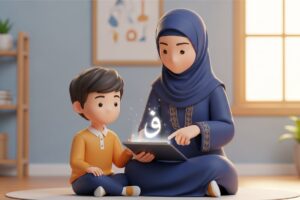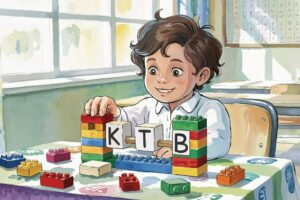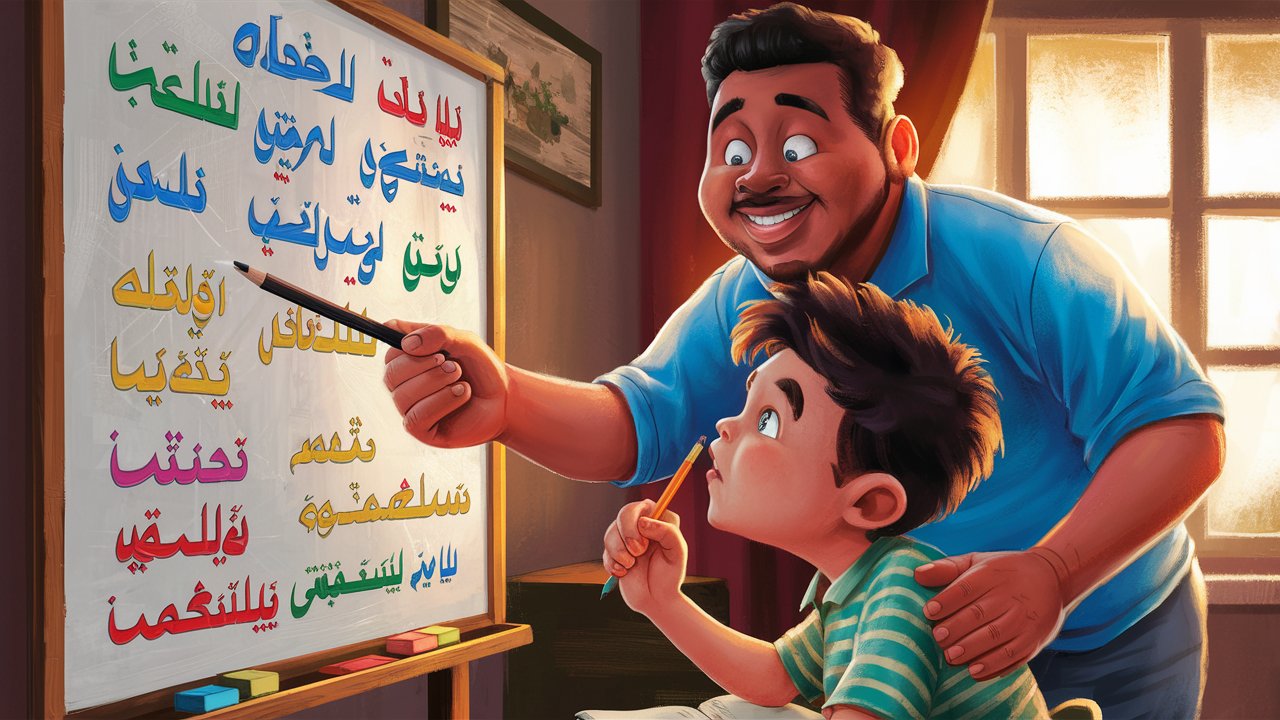
Preserving Our Linguistic Heritage: Teaching Arabic to the Next Generation
Introduction
Arabic, a language rich in history and culture, is an invaluable part of our Islamic heritage. Unfortunately, the Arabic language is facing a decline in proficiency among younger generations in Western countries. It’s crucial that we take steps to preserve this beautiful language by teaching it to our children. By instilling a love for Arabic in our kids, we’re not only safeguarding our linguistic heritage but also enriching their lives with the countless benefits of bilingualism.
The Benefits of Learning Arabic
Studies have shown that children who learn multiple languages develop stronger cognitive skills, including improved memory, problem-solving, and critical thinking. Teaching Arabic to your children opens doors to a world of knowledge and understanding. The Arabic language is deeply intertwined with Islamic culture, and by learning it, your kids can gain a deeper appreciation for their faith and heritage. Moreover, in today’s globalized world, Arabic language proficiency can provide significant advantages in education, career, and travel.
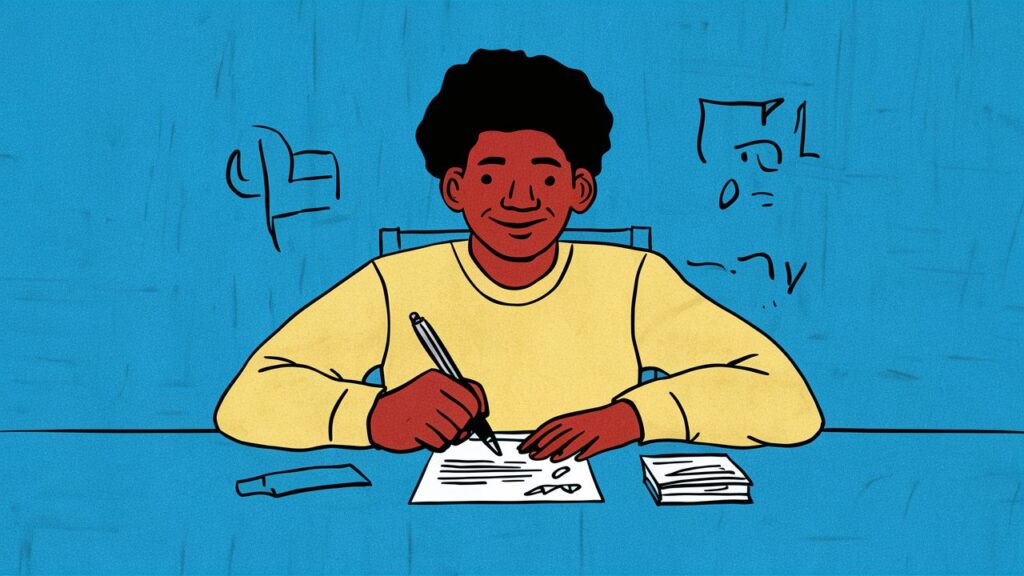
Challenges and Obstacles Teaching Arabic to children can be challenging, especially in environments where the language is not widely spoken. Time constraints, lack of resources, and limited exposure to the language can pose obstacles. However, it’s important to remember that even small steps can make a big difference. Creating a supportive Arabic-speaking environment at home is crucial for your child’s language acquisition.
Practical Tips for Teaching Arabic Incorporating Arabic into your child’s daily life is key to successful language learning. Start by labeling household items with Arabic words, sing Arabic songs, and watch Arabic children’s programs. There are numerous online resources, apps, and books available to support your child’s Arabic education. Make learning fun by turning it into a game or engaging in interactive activities. Positive reinforcement and encouragement are essential for building your child’s confidence in speaking Arabic.
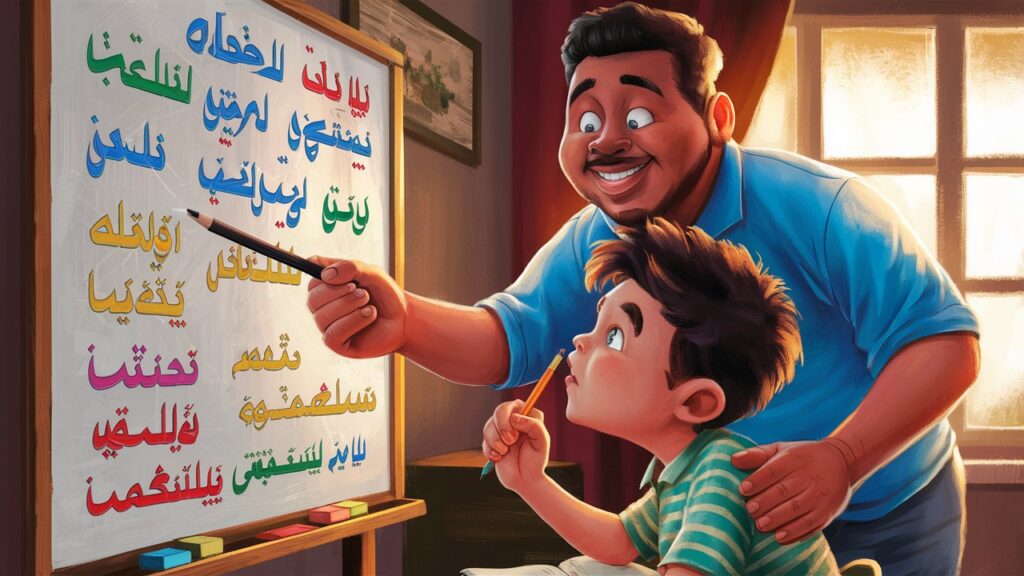
Building a Supportive Community Connecting with other families who are teaching their children Arabic can be invaluable. Consider joining local Arabic language learning groups or forming your own support network. Islamic centers and mosques often offer Arabic classes or programs. By creating a strong Arabic-speaking community, you can provide your children with opportunities to practice the language and make lasting friendships.
Conclusion Preserving the Arabic language for future generations is a shared responsibility. By making a conscious effort to teach our children Arabic, we are investing in their future and safeguarding our rich cultural heritage. Let’s inspire a new generation of Arabic speakers who will carry on this beautiful language for years to come.
Are you passionate about preserving the Arabic language? Share your experiences and tips for teaching Arabic to children in the comments below. Let’s build a strong community of Arabic language enthusiasts together!


